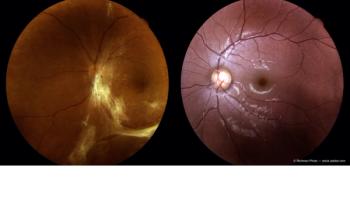
Investigators research safety, efficacy of endolaserless vitrectomy.

Investigators research safety, efficacy of endolaserless vitrectomy.

Using active learning approach can help gauge visual function loss in patients
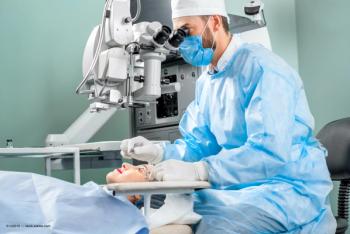
Researchers evaluate effects of procedure on patients with abnormal topography
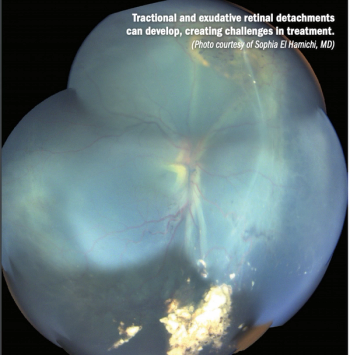
Watchful waiting may prove to be beneficial in complicated cases

Investigators have found that the diameter of retinal veins may be linked directly to the severity of COVID-19. Assessing the retinal veins may be a part of diagnosing and managing the disease.

Fast-acting efficacious options are key to treating acute inflammation
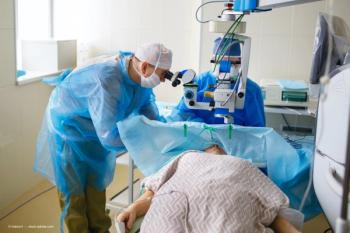
Cynthia Matossian, MD, FACS, explains why she believes if ophthalmologists consistently evaluate the ocular surface, tear film and lid margins—and treat any problems that we find—surgical outcomes will improve.

It's not always easy to convince early-stage, minimally symptomatic or symptomatic patients that their MGD should be treated. Cynthia Matossian, MD, FACS, explains why ophthalmologists shouldn't take this personally and how not to accept their denial as a final answer.

Evidence-based medicine can lead to personalized care, better results for patients
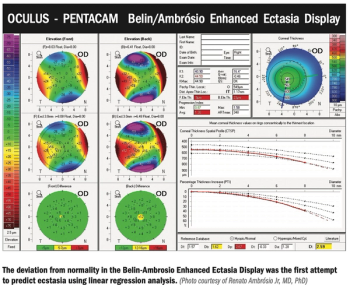
Relational thickness altered tool details LASIK impact on the cornea.
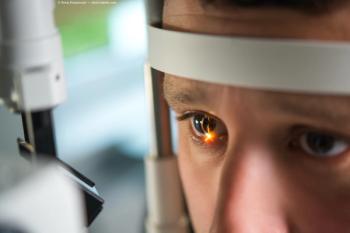
Study results give ophthalmologists a plan for treating patients with good vision.
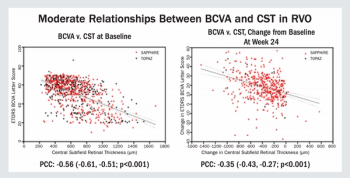
Research results can help ophthalmologists treating patients with macular edema

Investigators examine and analyze outcomes of aflibercept compared with laser treatment in patients

Gene therapy to treat choroideremia shows potential for maintaining or improving vision
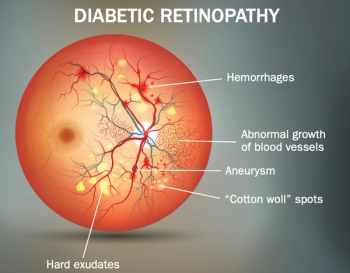
Machine-learning algorithms have potential to predict patients with nonproliferative diabetic retinopathy who will or will not improve over time.

Intravitreal injection offers safety, efficacy, and improved vision in patients

Chronic cases can be difficult for retinal specialists, but treatment is satisfying.

Reduced quality of life, mental health issues are major adverse effects of TED

Caesar Luo, MD, shares the take-away points from his ASRS presentation, and how the topics from his talk may be applied day to day in retinal practice.
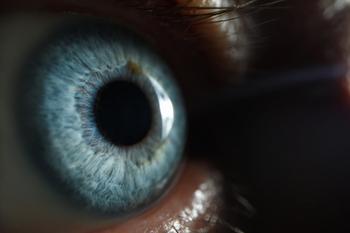
Diagnostic and monitoring advances in glaucoma need fine-tuning

Industry develops creative approaches to help increase patient medication adherence

A patient's vision loss leads to another diagnosis

High-level observations for how the latest developments can help glaucoma specialists solve problems to achieve the utmost in patient care

There are other mimickers of NTG that should be kept in mind

New products increase the chance of early diagnosis